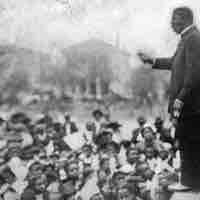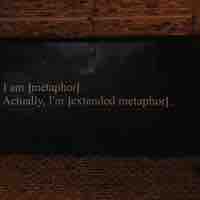Chapter 11
Wording the Speech
By Boundless

Use force and directness to add dynamic contrast and texture to your speech.

While abstract descriptions should usually be avoided, abstraction can be used to your advantage when used correctly.

Ideally, strive for a balance between subjectivity and objectivity in your speech.

Orality is thought and verbal expression in societies where the technologies of literacy (writing) are unfamiliar to most of the population.

Make sure all sources of information for your speech are accurate, reliable, unbiased, credible, and current.

Choose clear words and phrasing in your speech by fully understanding your topic through delimiting the question and defining key terms.

Don't lose audience interest by having a boring speech; use descriptive language to build interest and make your points more creatively.

Consider the style, tone, and sections of your speech to determine the most appropriate words and phrases.

Matching your personal style in your speech by defining your voice will take time and practice.

Alliteration is a stylistic device whereby a series of words begin with the same consonant sound, which can help your audience's listening.

Anthesis adds stylistic texture to your speech through the presentation of contrasting ideas and an opposite point of view.

Hyperbole is the use of exaggeration or overstatement to get your point across to your audience.

Onomatopoeia is a stylistic choice to represent sound within words and can be used as an attention-getting device in your speech.

Personification can refer to speaking as another person or thing, or assigning human qualities to a non-human animal, object or idea.

Repetition and parallelism can add clarity and dramatic punch to your speech.

Simile and metaphor are creative ways of making comparisons in your speech.



